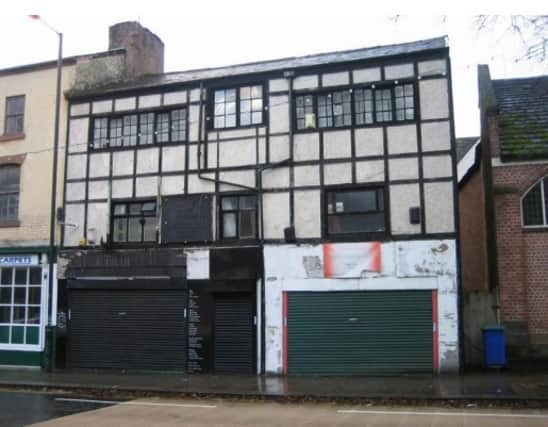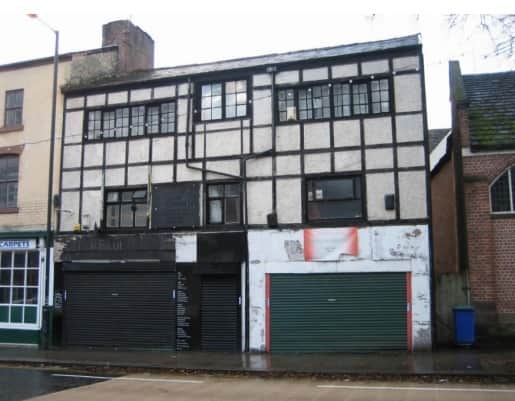Historic Greater Manchester cottages get emergency protection amid plans to redevelop them


Three 18th century weavers cottages have been listed by Historic England following an emergency application by heritage campaigners.
SAVE Britain’s Heritage successfully moved to have the vacant building, in Long Street, Middleton, recognised as historically important after a developer tabled proposals to redevelop the site.
Advertisement
Hide AdAdvertisement
Hide AdThe new Grade-II designation gives extra protection to the site and means the applicant – Capital Builders NW Ltd – will need listed building consent from the council, before planning permission can be considered.
Under proposals lodged by the Manchester-based firm, the ground floor would be divided two create two shops, while the building would also be extended upwards and outwards to create room for four flats.


The developer claims the scheme will deliver ‘a series of obvious public benefits’ – increased footfall in the town centre, new homes and new jobs.
But SAVE says this would have seen much of the well-preserved interior fabric lost, while arguing that a two-storey extension at the rear of the building was ‘oversized’. The group also describes a roof extension to create an additional storey as ‘harmful’.
Advertisement
Hide AdAdvertisement
Hide AdHistoric England has agreed that the timber-framed building – classified as a ‘designated heritage asset’ by the council – requires additional protection, bestowing Grade II-listed status on the site.
A listing on the body’s website gives the architectural and historical reasons for the listing.
It notes that the late 18th century building features ‘distinctive long workshop windows typical of hand-powered loom shops’. It is described as an ‘early surviving example’ of a workshop built from hand-made brick, ‘with rare surviving horizontal-sliding Yorkshire sashes to the workshop windows’.
The listing entry continues: “The interior retains the top-floor, single-room loomshop with large cross-beams on the floor below to support the weight of the looms, a roof structure of tie-beams and trusses reinforced with metalwork, and metal fixtures including pulleys.”
Advertisement
Hide AdAdvertisement
Hide AdNoting that Middleton had a particular association with silk manufacturing, it explains how the building illustrates ‘the move of rural domestic production to more urban settings’, while ‘predating the full mechanisation of processes in large, purpose-built mills’.
It describes the building as ‘an increasingly rare’ example of a domestic workshop in central Middleton’, which were ‘once a common feature of the town’s long association with the textiles industries’.
The listing goes on to describe how the building ‘contributes to the varied historic streetscape of Long Street. It notes that it is in close proximity to the listed 1899 Long Street Methodist Church and Sunday School by Edgar Wood’, the early 17th century Ye Olde Boar’s Head pub and the 19th century former National School.
SAVE Britain’s Heritage is an independent charity, founded in 1975, which campaigns for Britain’s built heritage.
Developer views
Advertisement
Hide AdAdvertisement
Hide AdA heritage assessment carried out on the developer’s behalf describes the building as being in a ‘relatively poor state of disrepair’ going on to note its ‘history of commercial usage including shop units with dance studios above’.
It claims the impact of the proposed scheme on the area’s heritage would be ‘neutral’.
“On the basis of our appraisal we believe that the application proposal should be supported not least because there are a series of obvious ‘public benefits’ to the scheme which should weigh in its favour,” it reads.
These are said to include ‘the delivery of a range of new accommodation within a presently vacant building’, ‘increased footfall within the conservation area’, and creation of employment during construction and operation’.
Comment Guidelines
National World encourages reader discussion on our stories. User feedback, insights and back-and-forth exchanges add a rich layer of context to reporting. Please review our Community Guidelines before commenting.